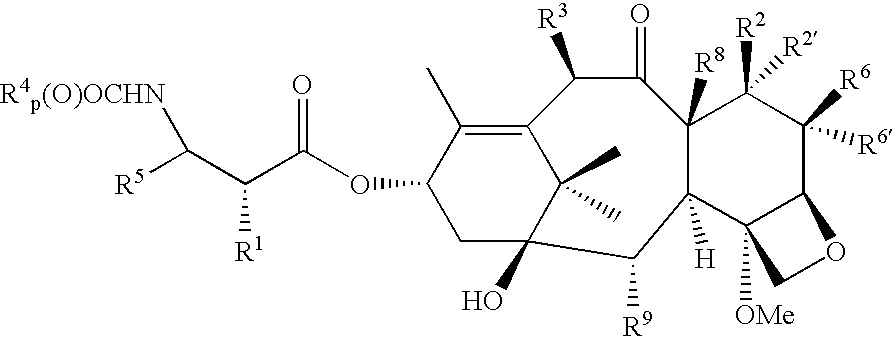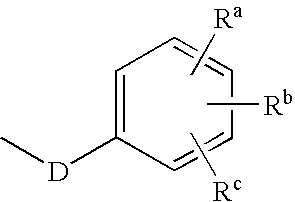Compositions and methods for the identification, assessment, prevention, and therapy of human cancers
a technology for human cancer and compositions, applied in the field of compositions and methods for the identification, assessment, prevention and treatment of human cancers, can solve the problems of ineffective or less effective therapeutic agents for some patients, over time, and therapeutic agents that are effective for a given patient can be completely ineffective or harmful for other patients, so as to reduce the growth rate of tumors, eliminate ineffective or inappropriate therapeutic agents, and reduce tumor growth rate
- Summary
- Abstract
- Description
- Claims
- Application Information
AI Technical Summary
Benefits of technology
Problems solved by technology
Method used
Image
Examples
specific embodiments
I. Identification of Sensitivity and Resistance Genes
[0030]The present invention provides genes that are expressed in tumors that are sensitive to a given therapeutic agent and whose expression correlates with sensitivity to that therapeutic agent (Tables 1 and 3). The present invention also provides genes that are expressed in tumors that are resistant to a given therapeutic agent and whose expression correlates with resistance to that therapeutic agent (Tables 2 and 4). The present invention further provides novel genes (Tables 1 and 2, SEQ ID NOS:1–88). Accordingly, one or more of the genes of the present invention can be used as markers (or surrogate markers) to identify tumors, including tumor cells, that are likely to be successfully treated by that agent. In addition, the markers of the present invention can be used to identify cancers that have become or are at risk of becoming refractory to treatment with the agent.
[0031]Tables 1 and 3 show markers whose expression correlat...
specific examples
A. Identification of Sensitivity and Resistant Markers
[0235]Tumor tissue from patients that were deemed sensitive to combination TAXOL and cisplatin therapy (i.e., the patient was alive for 5.5 years after treatment), and tumor tissue from patients that were deemed resistant to combination TAXOL and cisplatin therapy (i.e., the patient lived for either 10 or 15 months after treatment) were used to create subtracted libraries. Subtracted libraries were generated using a PCR based method that allows the isolation of clones expressed at higher levels in one population of mRNA (tester) compared to another population (driver). Both tester and driver mRNA populations are converted into cDNA by reverse transcription, and then PCR amplified using the SMART PCR kit from Clontech. Tester and driver cDNAs are then hybridized using the PCR-Select cDNA subtraction kit from Clontech. This technique results in both subtraction and normalization, which is an equalization of copy number of low-abund...
PUM
| Property | Measurement | Unit |
|---|---|---|
| pH | aaaaa | aaaaa |
| mass | aaaaa | aaaaa |
| period of time | aaaaa | aaaaa |
Abstract
Description
Claims
Application Information
 Login to View More
Login to View More - R&D
- Intellectual Property
- Life Sciences
- Materials
- Tech Scout
- Unparalleled Data Quality
- Higher Quality Content
- 60% Fewer Hallucinations
Browse by: Latest US Patents, China's latest patents, Technical Efficacy Thesaurus, Application Domain, Technology Topic, Popular Technical Reports.
© 2025 PatSnap. All rights reserved.Legal|Privacy policy|Modern Slavery Act Transparency Statement|Sitemap|About US| Contact US: help@patsnap.com



